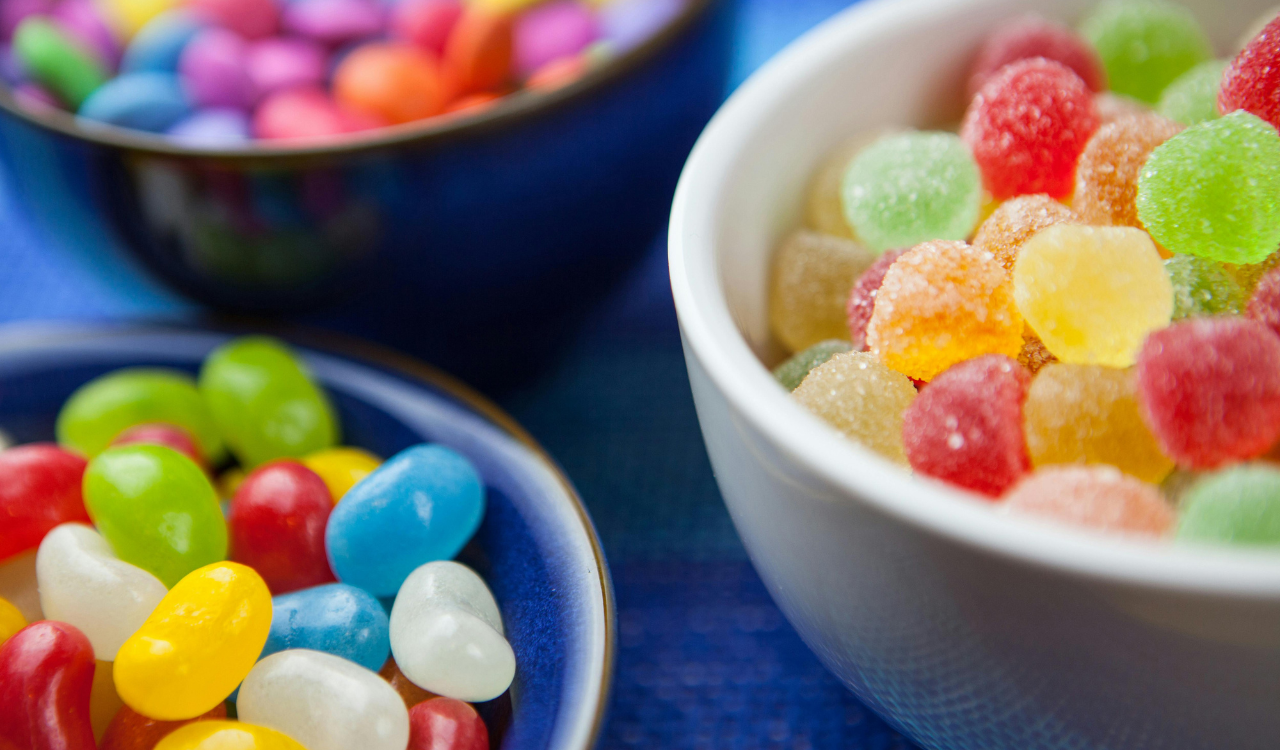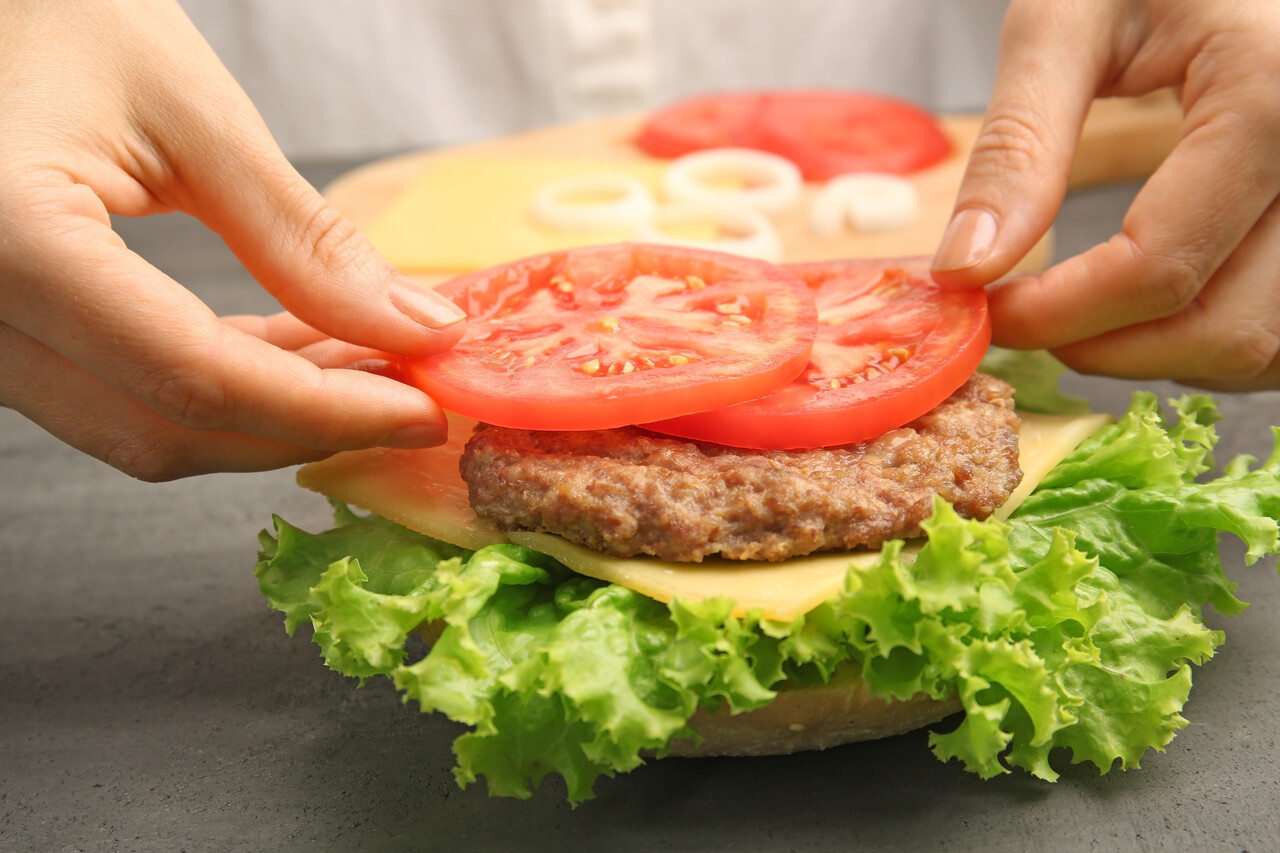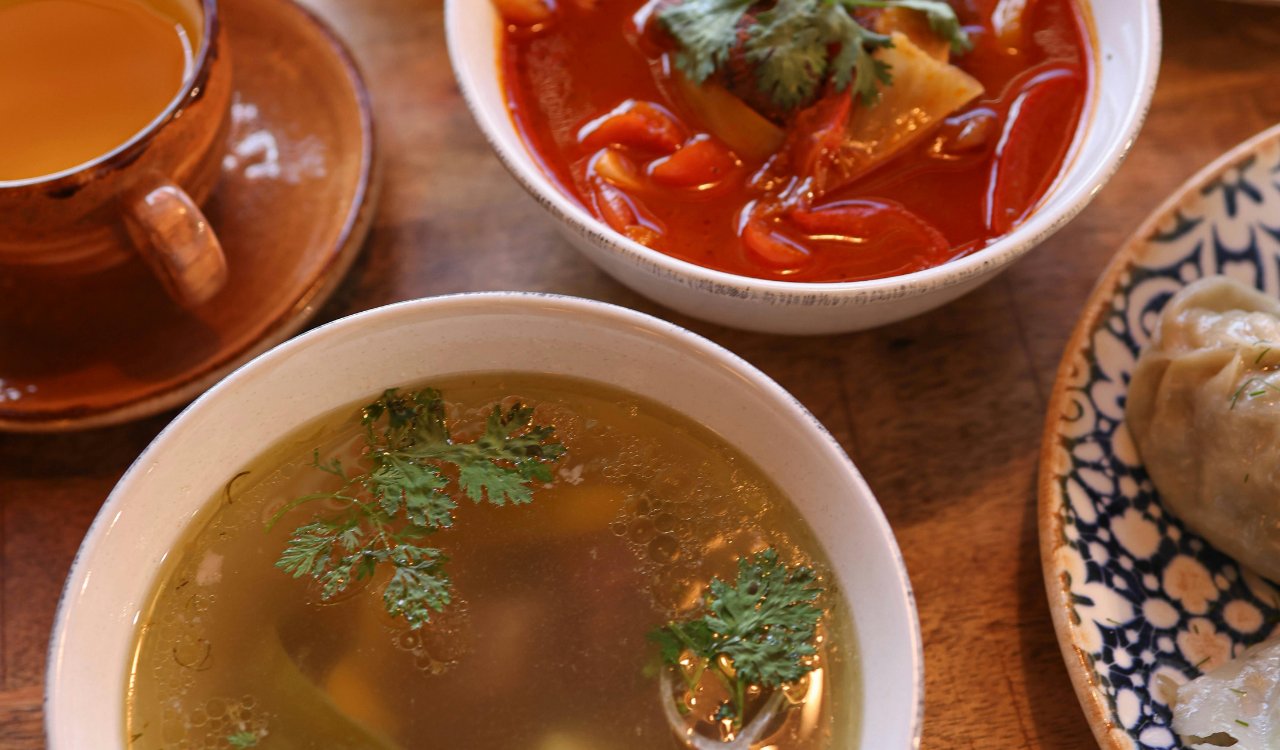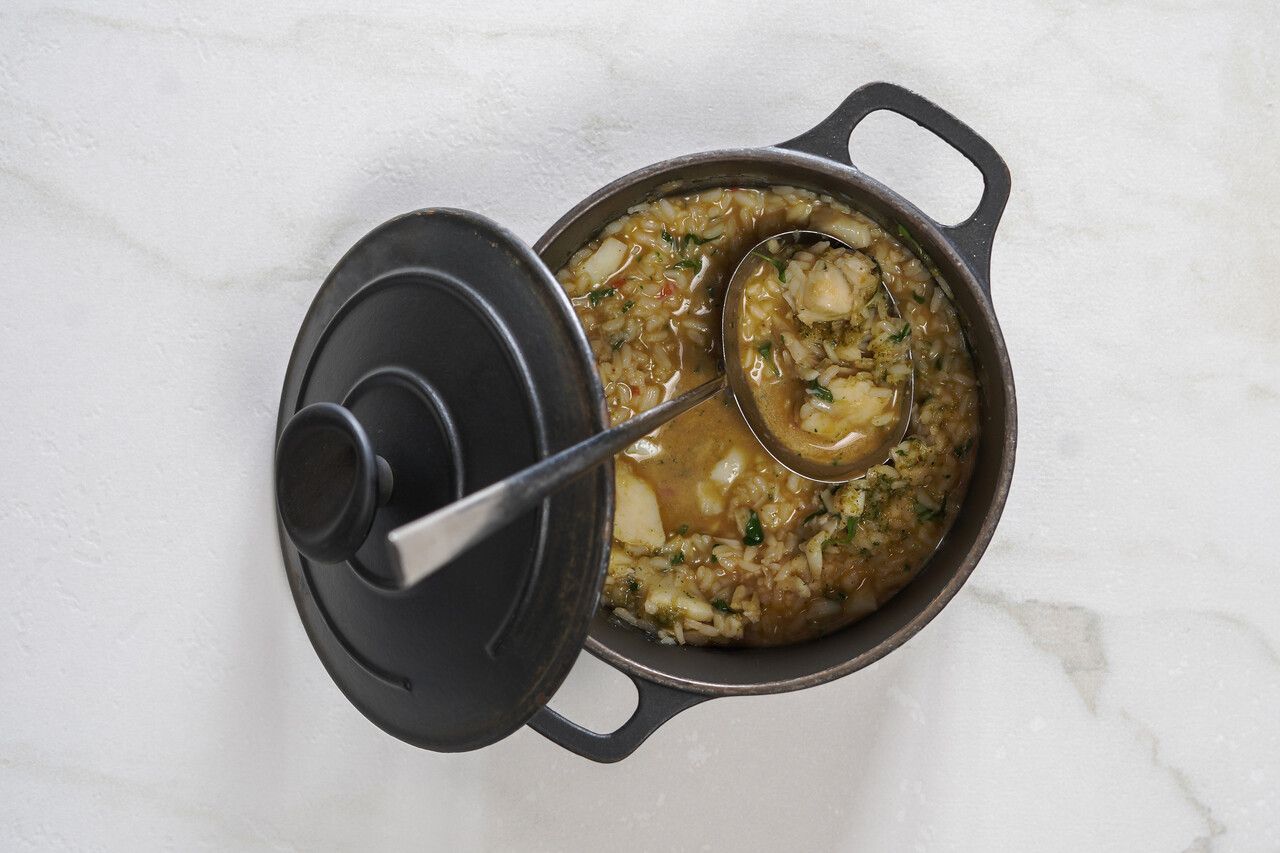8 Quick Hacks to Fix Common Cooking Mistakes

No matter how experienced you are in the kitchen, cooking accidents are inevitable. If you know what to do, you can fix any mistake, from soups that become salty to chicken that becomes overly dry. Knowing how to save your food increases confidence, cuts down on waste, and saves time. Since every skilled cook learns from a few mistakes, these eight ingenious tips will help you overcome the most frequent cooking errors and still serve a delicious meal.
1. Fixing Salty Food
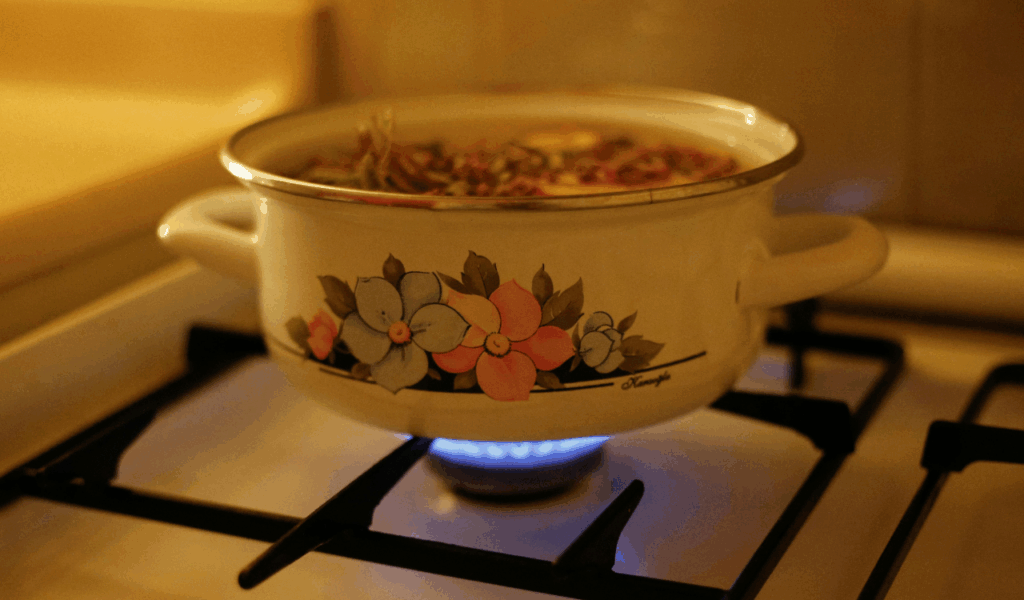
The first thing to do when your food comes out overly salty is to dilute it. To gradually tone it down, add water, unsalted broth, or even a little cream. If it’s a soup or stew, add a peeled raw potato while it’s simmering because it absorbs some of the extra salt. Use a neutral side, such as rice, bread, or mashed potatoes, to counterbalance the salt in meats or vegetables. A squeeze of lemon or a small amount of vinegar restores balance without sacrificing flavor by adding brightness that detracts from the saltiness.
2. Reviving Burnt Food

Avoid stirring anything that has burned because it spreads the smoky flavor. Move the portion that hasn’t burned to a different pot or pan right away. Depending on the dish, use creamy or acidic ingredients like yogurt, milk, or tomato puree to cover up a faintly burned taste. To lessen the bitterness of slightly charred meats or sauces, stir in a spoonful of butter or honey. Keep in mind that moistness and mild flavors help counteract any burned edges and preserve the dish’s salvageability.
3. Fixing Overcooked Meat
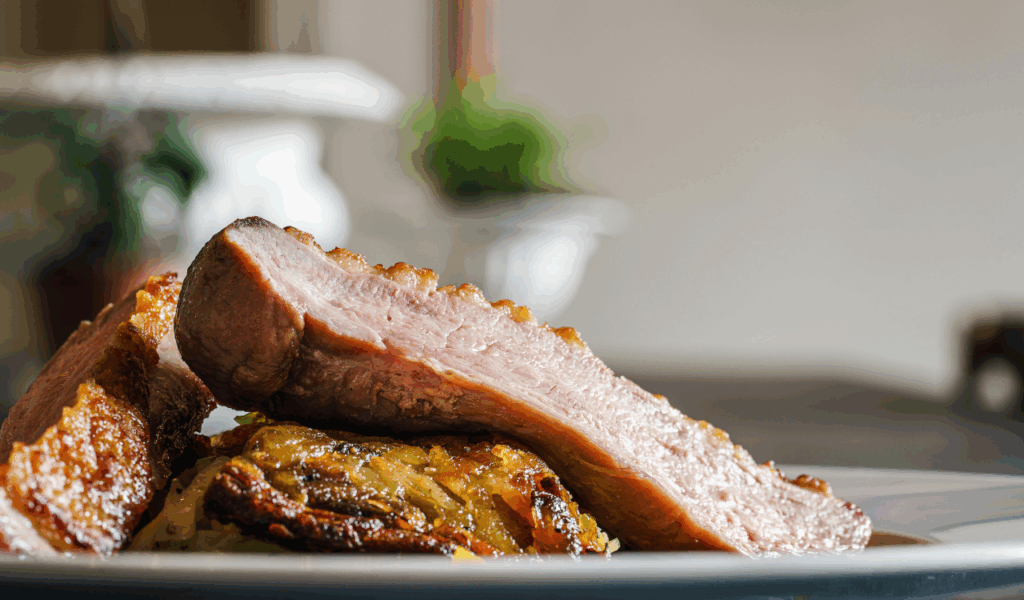
You don’t have to throw away dry, overcooked meat. To restore moisture, thinly slice it and simmer it gently in sauce or broth. Toss poultry in a creamy gravy or light butter sauce to enhance its richness and soften its fibers. It can also be used in soups, tacos, and sandwiches where other ingredients give them more juiciness. This technique will eventually teach you how to regulate the temperature and maintain tenderness in subsequent meals.
4. Balancing Bland Dishes
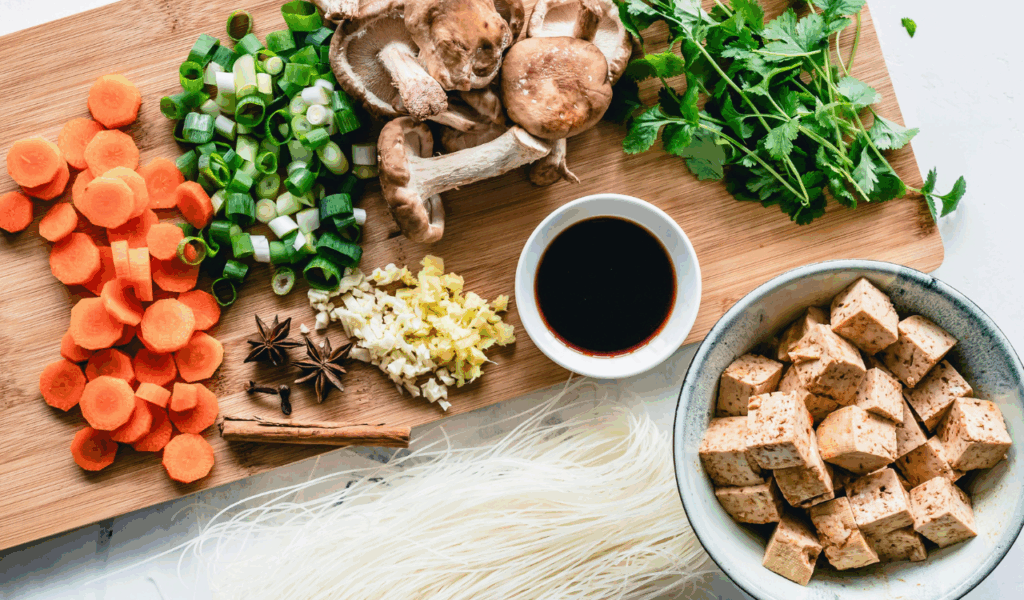
One of three ingredients is typically missing from a dish when it tastes plain: fat, acid, or salt. As you taste, add a little salt, olive oil, or a squeeze of lemon or lime. Flavor can be immediately enhanced by using fresh herbs like parsley, cilantro, or basil. Additionally, spices like smoked paprika or chili flakes offer depth and warmth. It’s important to strike a balance so that each bite is rounded and fulfilling without overpowering the dish.
5. Saving Watery Sauces

Simmer your sauce gently to allow the flavors to concentrate and the water to evaporate if it doesn’t thicken. Add a cornstarch slurry (1 tablespoon cornstarch plus 2 tablespoons cold water) and stir until smooth for quicker results. Cream cheese or pureed vegetables can also be blended in to improve texture and thicken naturally. Before serving, give the sauce a little time to rest; it will often solidify as it cools, giving it the ideal glossy appearance.
6. Fixing Undercooked Pasta or Rice
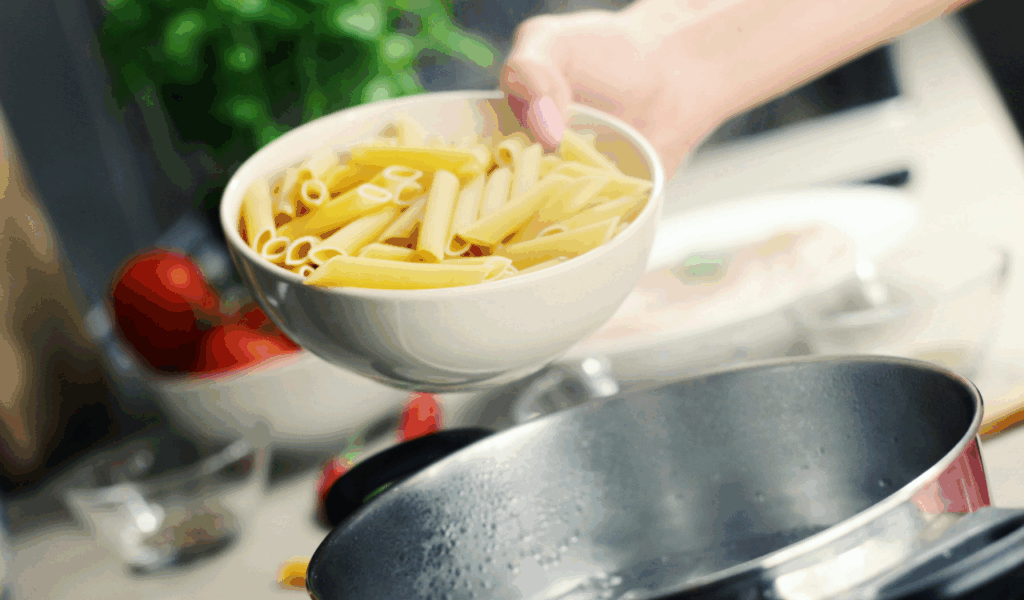
Don’t discard your rice or pasta if it’s still firm after draining. Return it to the pot with a small amount of broth or boiling water, cover, and steam for a few more minutes. It finishes cooking without becoming mushy thanks to the low heat. Pasta absorbs flavor and reaches the perfect tenderness when tossed in hot sauce for an additional minute. This easy solution guarantees consistently cooked grains while saving time.
7. Correcting Over-Spiced Dishes

Dairy is your best friend when your food is too spicy. To naturally reduce the heat, add coconut milk, yogurt, or cream. To evenly distribute the spice level in a soup or curry, add more broth or vegetables. Steer clear of sugar; it only strangely changes the flavor and doesn’t lessen the spiciness. To absorb heat and maintain balance without sacrificing the flavor you worked so hard to achieve, serve the dish with rice, bread, or plain noodles.
8. Fixing Lumpy Gravy or Batter

When starch or flour clumps before being mixed evenly, lumps are created. If your batter or gravy becomes lumpy, blend it until it’s smooth or strain it through a fine sieve. To avoid this in the future, mix the dry ingredients well before adding the wet ones, or whisk continuously while adding the liquid gradually. Another way to avoid shock clumping is to keep ingredients at room temperature. You can get the silky, smooth consistency that every cook strives for with a little perseverance.
